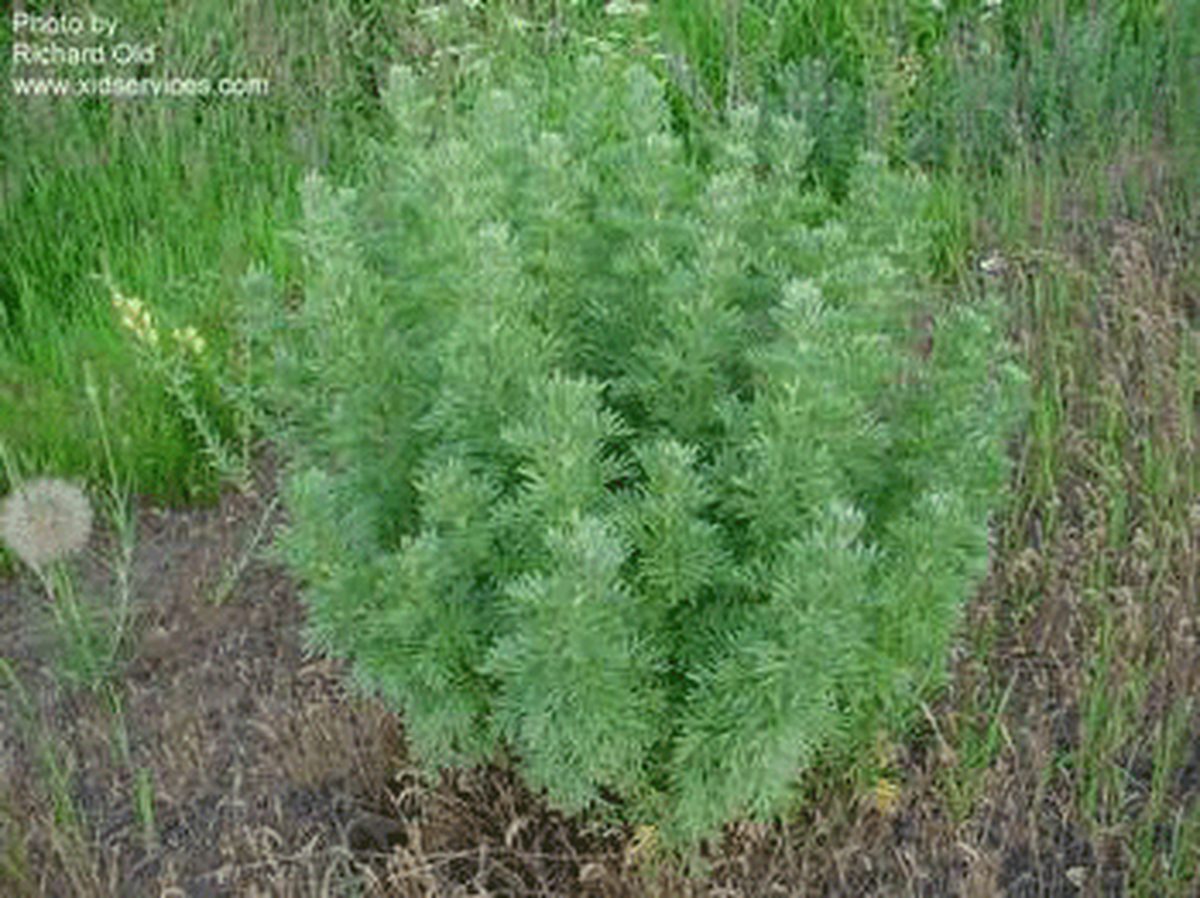

Consequently, these effects are likely to be purely wishful thinking.There’s life again inside the former home of Jayne’s Gastropub on 30th Street, where absinthe bar and bistro Wormwood opens on Thursday, December 2 with the aim of continuing its legacy of hospitality and old world charm. There is no scientific evidence to support this. Some modern-day drinkers claim they experience a so-called 'Secondary Effect' in the form of a stimulating buzz when drinking absinthe, which some claim is due to the combination of herbs, particularly fenchone from fennel and anethol from anise. Hardly surprising it was banned across most of Europe and North America. It could be that, at the turn of the 20th century, absinthe was simply the fall guy for other types of alcohol disorders, mental illness, epilepsy, and in some cases, even syphilis. It is probably not surprising that the symptoms of late-19th century 'absinthism' are not unlike those of alcoholism: hallucinations, sleeplessness, tremors and convulsions. And over-consumption will damage health due to absinthes high alcohol content (historically ranging from 55 to 75% alc./vol.) rather than due to thujone. There is little scientific evidence about thujone and its alleged side effects, short-term or long-term, but it is certain that consuming large quantities of absinthe will render an imbiber drunk. Other alcoholic beverages in the EU are limited to 10 mg/L, as is the case in the United States where less than 10 mg/L is considered "thujone-free" so permissible.

88/388/EEC enacted 1988) limits thujone content to a maximum of 35 mg/L in absinthe and any other alcoholic beverages flavoured with Artemisia. No modern, or indeed original, absinthe brand contains any more than trace amounts of thujone and nothing like the quantities required for it to be a hallucinogen. Thujone also occurs naturally in many other plants with culinary uses: not just sage, but rosemary, cedar, saffron, tarragon and lavender. The way thujone acts on the brain is not fully understood but high doses will induce hallucinations, convulsions, brain damage and renal failure. Sage actually contains more thujone than wormwood. Wormwood is a shrub-like perennial, native to Europe and Asia, with greenish-yellow flowers.Īrtemisia absinthium or 'Grand Wormwood' contains an essential oil or neuro-toxin, thujone, which is hallucinogenic in large doses and fatal in very large doses, though wormwood leaves are fairly innocuous. Many Artemisia varieties have insecticide properties but wormwood is the most potent, its name originating in the Middle Ages due to its bark being used to rid tapeworms in the abdomen of human hosts. These include Artemisia pontica (Petite wormwood), Artemisia dracunculus (tarragon) and Artemisia vulgaris (mugwort), the latter being used in some modern-day absinthes. There are some 180 different varieties of the compositae, of which Artemisia absinthium (grand wormwood) is a member, all have an extremely bitter flavour. Traditionally absinthe is based on Artemisia absinthium wormwood.

It has a reputation to challenge that of a Class A drug and for nearly a century was thought by most to be illegal in the UK and it was indeed banned across most of Europe and North America. Nicknamed the 'Green Fairy', Absinthe is a bitter, aniseed-flavoured green liquor distilled with anise, fennel and wormwood.


 0 kommentar(er)
0 kommentar(er)
